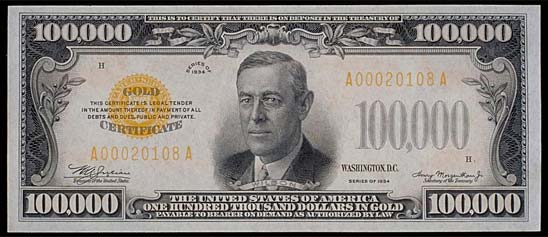James Smithson was born in 1765, the illegitimate son of Sir Hugh Smithson, later known as Sir Hugh Percy, Baronet, 1st Duke of Northumberland, K.G., and Elizabeth Hungerford Keate.
- Description
-
James Smithson was born in 1765, the illegitimate son of Sir Hugh Smithson, later known as Sir Hugh Percy, Baronet, 1st Duke of Northumberland, K.G., and Elizabeth Hungerford Keate. Elizabeth Keate had been married to James Macie, and so Smithson first bore the name of James Lewis Macie.
-
His mother later married Mark Dickinson, by whom she had another son. When she died in 1800, he and his half-brother inherited a sizable estate. He changed his name at this time from Macie to Smithson. James Smithson died June 27, 1829, in Genoa, Italy. His will left his fortune to his nephew, son of his half-brother, but stipulated that if that nephew died without children (legitimate or illegitimate), the money should go "to the United States of America, to found at Washington, under the name of the Smithsonian Institution, an establishment for the increase and diffusion of knowledge among men."
-
The nephew, Henry Hungerford Dickinson, died without heirs in 1835, and Smithson's bequest was accepted in 1836 by the United States Congress. Smithson never visited the United States, and the reason for his generous bequest is unknown. But his gift was the foundation grant for the Smithsonian Institution.
-
In 1817, while living in Genoa, Italy, Smithson commissioned a gifted Italian sculptor named Antonio Canova to create his portrait in the form of this medal. Smithson evidently approved of Canova's efforts: he scratched his name on the other, otherwise blank side of his medal. It is still visible today, very faint after the passage of nearly two centuries.
- Location
-
Currently not on view
- date made
-
1817
- maker
-
Paris Mint
- obverse engraver
-
Tiolier, Nicholas P.
- ID Number
-
1991.0009.0393
- catalog number
-
1991.0009.0393
- accession number
-
1991.0009
